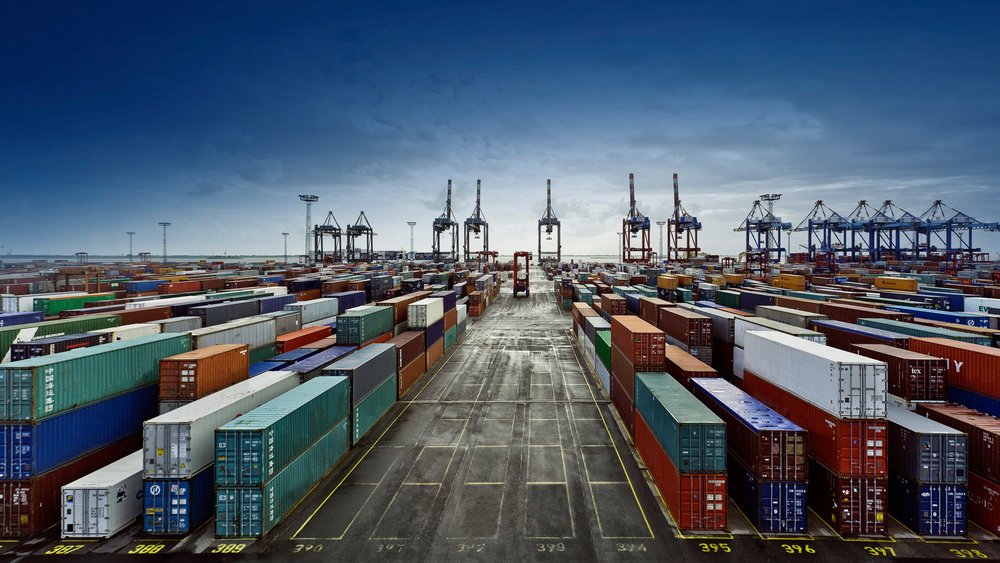Will phoenix rise from the ashes?

Iran has experienced an unprecedented devaluation of its currency, rial, during the current Iranian calendar year 1397, which is going to end on March 20, 2019.
The occurred depreciation has had an inflationary and in result a recessionary effect on the country’s economy. It has also negatively impressed the nation’s life.
Iranians’ loaves of bread are much smaller than before and the decrease in their purchasing power has become more remarkable than ever.
The conditions were exacerbated, when the last round of U.S. sanctions was imposed on Iran on November 5 hitting its crude oil exports, banks, shipping industry and airlines.
But what Iran has experienced by the time is said to be mainly and merely the psychological result of rial devaluation and the imposed sanctions, in the short-run. During the first six months of 1397 (ending September 21, 2018), the administration could earn its intended amount of foreign currency revenues from selling oil with oil prices ranging from $55 to $75 per barrel, enjoying pre-sanctions atmosphere.
The inflationary effect of rial depreciation besides the restrictive impact of the U.S.-led sanctions would appear incrementally and are probable to lead into a deep stagnation. The current year is believed to be less difficult for Iran than the one coming. Yet, the time is not rape to see their full impact on Iran’s economy in the long-run.
As some express concern, the government may face a budget deficit in 1398, since its main sources of revenues, oil and tax revenues, may be threatened. On one hand, a big part of the government’s revenues as planned are those from selling oil and on the other, with the high possibility of economic recession and fall in production level, its tax revenues are probable to drop.
In addition, considering the current conditions of the international oil market as well as the U.S.-China trade war, neither the future of Iran’s future oil sales and revenues nor those of the international markets are not easy to predict.
According to the latest World Bank (WB) projections, Iran's gross domestic product (GDP) will continue to contract in 2019 to reach -3.6 percent after experiencing an estimated -1.5 percent in 2018 but will reverse the gear towards the positive territory at 1.1 percent in 2020 and 2021 afterwards.
Admitting the same trend, data released by the International Monetary Fund (IMF) expect the oil-reliant economy to shrink by 1.5 percent in 2018 and 3.6 percent in 2019 due to the reduced oil production, before returning to modest positive growth in 2020–23.
To overcome the expected difficulties in the next year, the government has shifted attention towards strengthening non-oil products exports, compiling mechanism for currency inflow through exports and combatting with goods trafficking at the border regions.
The value of Iran’s non-oil trade stood at $65.97 billion in the first nine months of the current Iranian calendar year (ended on December 21), according to the latest data released by the Islamic Republic of Iran Customs Administration (IRICA). Iran exported 86.94 million tons of non-oil commodities, worth $33.35 billion, during the mentioned period of time, showing 5.40 percent growth in terms of value compared to the same time last year. Iran’s top export destinations in the said time span were respectively Iraq by importing $6.92 billion of Iranian goods equaling 2.77 percent of the total exports, China ($6.749 billion; 20.23 percent), and the United Arab Emirates ($5.13 billion; 15.39 percent).
Regarding the country’s regional location, being neighbor to 15 countries, Iran seeks to increase its non-oil exports to its neighbors.
As Industry minister Reza Rahmani announced from the total imports of Iran’s neighbors, only 2.1 percent is from Iran and the country seek to improve the figure up to 4 percent, which would make its exports to those countries double and would create one million jobs for Iranians. Iran also intends to target China and India as its main exports destination.
It is in talks with its neighbors Turkey and Pakistan besides Syria and India for making Preferential Trade Agreements (PTA).
In a bid for doubling the country’s current $50-billion non-oil export revenues to $100 billion, Trade Promotion Organization (TPO) is preparing mega export projects in a three-year program.
Iran is doing its best to dump U.S. dollar in its international financial transactions, as well.
Offering incentives to exporters and supplying working capital and banking loans for the production units are the other policy being applied to expand non-oil exports. The resistance economy committee issued a package to support non-oil exports which was announced by the First Vice President Es’haq Jahangiri to all the affiliated state-run organizations on November 18.
Possibilities are hopefully high for Iran to convert the current predicaments to an opportunity to augment its non-oil exports as a trustworthy source of revenues, officials believe.
HJ/MA
Leave a Comment